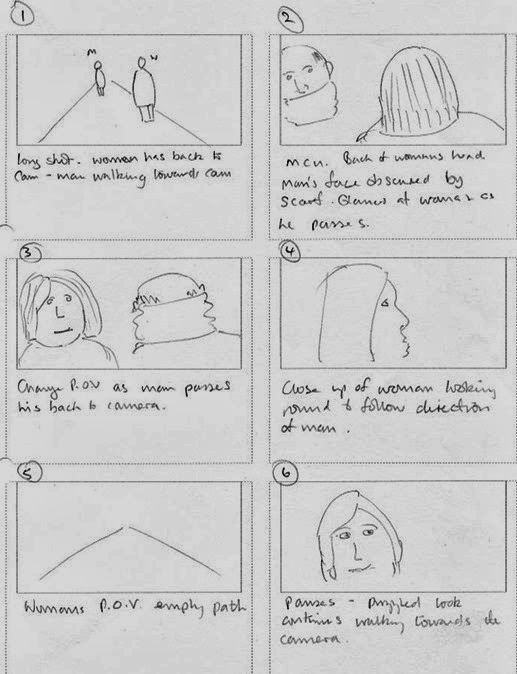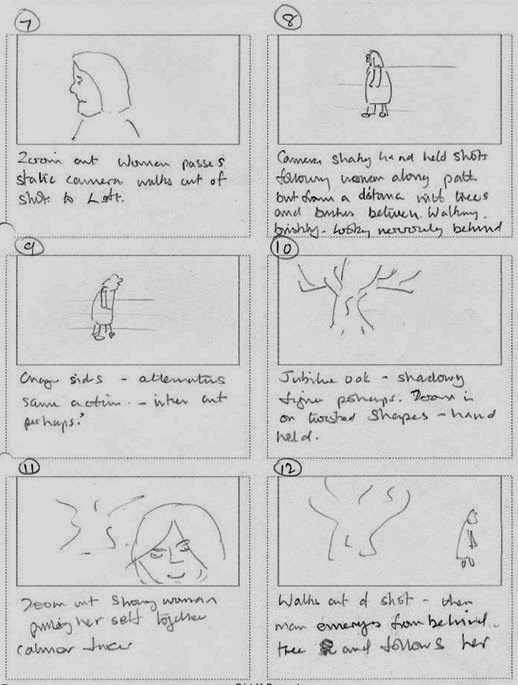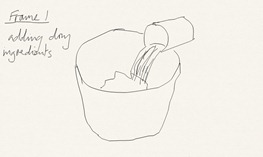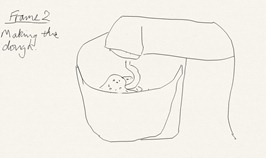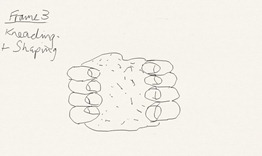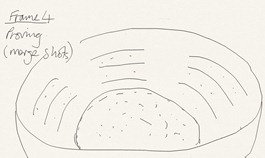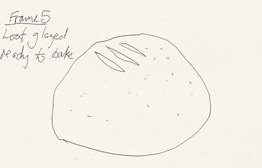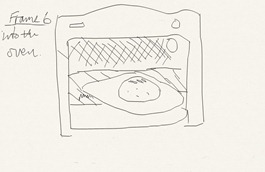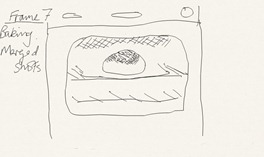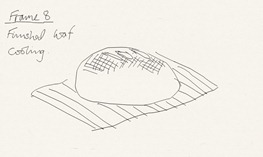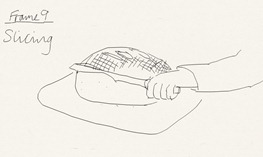Oops, Assignment 2 was not a great success in the most important area of the brief:
“I have to say that as much as I like baking bread and understand there can be a sense of anticipation involved, what really comes across here – and that very well – is the documentary record of a process. It’s quite hard to create atmosphere when all your shots are close ups of inanimate objects that don’t involve any drama, human interaction or response. The film is a good record of the process, of the kind that would be helpful to people learning to make bread! But because there is no mood here, you really need to re-think this assignment. Perhaps you can take the subject of atmosphere into your subsequent projects if not entirely re-do this assignment with a more suitable subject.”
I’m afraid I’ve fallen victim of my own very narrow approach to the creative idea. I tend to get an idea in my head and stick to it no matter what. I think what happened here is, early on, I decided I wanted film bread making and I tried to fit it into the assignment brief, unsuccessfully!
I am now aware that working alone on what in normal circumstances is very much a collaborative effort can be difficult. What I must do the future is to bounce ideas off my fellow students and maybe run an assignment idea past my tutor before putting my head down and going at it full tilt.
I will proceed with Part 3 of the course, but during the coming months I will re-shoot this assignment with a different idea in response to tutor feedback. I have emailed my tutor and he is aware of my plans.
15 February 2013
I have thought about this assignment again and planned a short sequence about paranoia while walking alone in the woods. I planned 12 shots as shown below:
My story line is simple enough, a woman walks alone on a woodland path and passes a man whose face is obscured by a scarf. He glances at her in passing, she takes a few steps and stops, turns to look at the man but to her surprise, he is not in sight. Puzzled, she walks on but the viewpoint changes to one of a shaky, hand held travelling shot of her passing the trees. I film this from either side of the path. Next shot shows a creepy gnarled oak tree and I zoom in on some of the twisted branches to highlight the eerie feel of the woods. Man can be seen lurking behind the tree The woman stops and can be seen pulling herself together, there is the crack of a dry twig and she hurries on. (close up shot) As she walks out of shot, the man appears and follows her. Fade to black.
The atmosphere in the woods is quiet, with birds singing footsteps can be heard, There is even lighting but vision either side of the path is partially obscured by undergrowth. It’s not dense but obscured enough to cause the imagination to play tricks. What I hope to convey is that the woman’s imagination is the cause of her anxiety.
The Edit 17/09/13 (it’s taken 7 months to get round to editing this). I hope that the time has given me a fresh perspective and that the experience of editing two subsequent assignments has improved my skills.
Evaluation: With retakes, I ended up with 20 frames including all of those shown above. In the finished sequence, I have only 10 shots. I took out some unnecessary frames as the couple pass each other. The action lasts just 1 minute. I have used black and white for the shots showing what is in the woman’s mind although I hope that the atmosphere created introduces a doubt in the viewer’s mind as to exactly what will happen next. I was quite pleased with the sequence and my actors have created the atmosphere I wanted. I did notice that part of the first frame was overexposed (the man’s bald head) so I have altered the levels for that frame a little, it helped a bit but exposure is something I need to be aware of when using my camera on auto. I have used diegetic sound throughout but I did have to add the cracking of a twig at the right point as the woman pulls herself together. This was an afterthought and I used a clip from a sound effects library. It was interesting playing with the clip in my sound editor to match the reverberation of the other diegetic sounds.
On the whole I have achieved what I set out to do. I learned that even working to a story board it may still be necessary to adapt to shooting conditions (especially when in an open public space) and of course, adapt the narrative during the edit. Working with a maximum number of frames is good discipline and experience in storyboarding and shooting will come with time.
Paranoia in the woods 3 from Richard Down on Vimeo.
